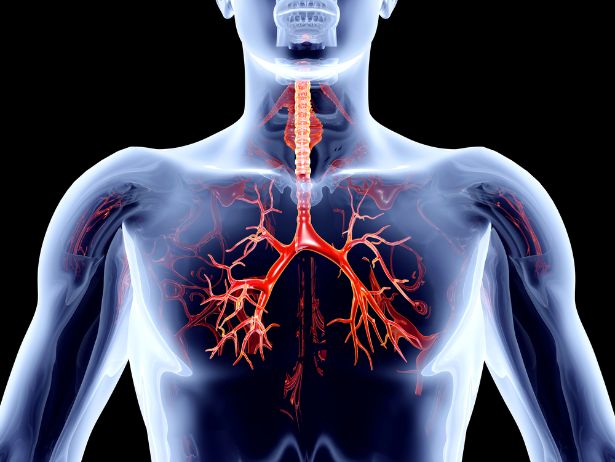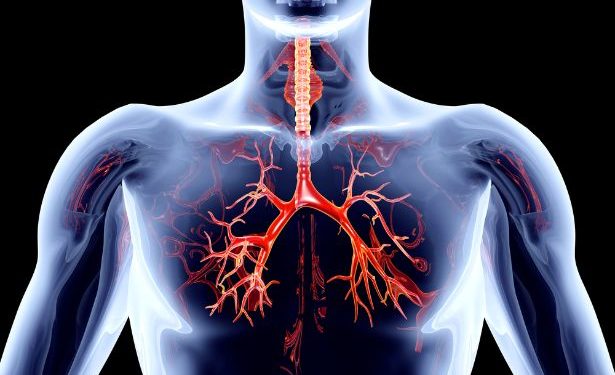Byssinosis symptoms include shortness of breath, wheezing and chest tightness. It is a rare respiratory disease. The symptoms are often reversible, though some individuals experience permanent damage. A pulmonary function test is performed to determine whether a patient has byssinosis. Some patients also require bronchodilators to help relax the breathing passages. If the symptoms are severe, corticosteroids are used.
The condition develops as a result of breathing in cotton dust. The symptoms of byssinosis usually appear early in the work week, although they can occur at any time. When exposed to cotton for a long period of time, a person may develop chronic bronchitis. In some cases, byssinosis can be fatal. However, with adequate ventilation, byssinosis can be prevented.
As with other types of respiratory diseases, byssinosis symptoms can vary in severity. Some workers are only affected by mild byssinosis symptoms. Others may experience more severe problems, such as flu-like symptoms or persistent lung impairment. To diagnose byssinosis, a doctor will need a detailed medical history and a physical exam.
Symptoms of byssinosis are similar to those of asthma. Those who smoke are at greater risk than non-smokers. Other factors are believed to contribute to the development of byssinosis. Cotton dust can block the smallest airways in the lungs, which can lead to serious breathing problems.
Symptoms typically improve when the worker leaves the work site and stops being exposed to the dust. However, in some cases, the effects of byssinosis continue even after the worker leaves the job.

Studies show that the number of byssinosis cases in the U.S. has decreased in recent years. While the incidence of byssinosis among textile workers has been declining, it is still a problem. Workers in the yarn, thread, and fabric industries are at a higher risk of developing this condition. Therefore, the cotton processing industry is required to maintain ongoing surveillance to prevent byssinosis.
The prevalence of byssinosis is higher in those who have respiratory allergies or who have a history of respiratory infections. Those who work in cotton factories or mills that manufacture yarn have a much greater risk of developing byssinosis than those who do not.
The Benin Textile Company, which is located in the West African nation of Benin, studied the respiratory disorders of their employees. They were exposed to high dust levels for up to 12 hours a day. The study revealed that more than a third of the population of textile workers suffered from byssinosis. Although the study was not entirely successful, it did provide valuable information.
Occupational byssinosis is a unique respiratory condition affecting workers in the textile industry. Many symptoms are similar to those of bronchitis and asthma. People who work with cotton fibers, such as painters, plumbers, and electricians, are at a higher risk for byssinosis than those who don’t.
Byssinosis is a lung disease that is caused by prolonged exposure to dust from cotton or other textile fibers. Symptoms can be relieved by avoiding the dust and wearing masks. Symptoms may be reversible, but some people develop a chronic obstructive pulmonary disease (COPD) as a result of byssinosis.









